5 Common Decluttering Mistakes - and How to Avoid Them

Today I’m sharing 5 decluttering mistakes that are super common and very easy to make. I’ve definitely made all of these mistakes over the years while decluttering and simplifying. But that doesn’t mean you have to make them too!
Take what I’ve learned and skip the decluttering mistakes so you can declutter more efficiently and effectively right from the start!
When I first started decluttering our home, I was doing it on my own. I had no guide or program to follow. But I knew I was overwhelmed by the amount of stuff in our house and was looking for a better way.
I was learning to declutter and simplify as I went, and it didn’t always go smoothly. I hit a few stumbling blocks along the way and had to figure things out through trial and error.
These 5 decluttering mistakes are what slowed my decluttering progress down the most.
While I was in the midst of decluttering, it was easy to make these mistakes without realizing the impact they were having on my progress in simplifying our home.
Take what I’ve learned and avoid making these same decluttering mistakes yourself.
5 Common Decluttering Mistakes – and How to Avoid Them!
1. Not getting decluttered items out of the house right away
This is a big one. When you’re decluttering, it’s easy to set things you’re decluttering aside, ready to be donated/sold/thrown out/etc., but not actually taking the final step and removing them from your house.
When items you’re getting rid of hang around the house too long, it’s all too easy for you or other members of your family to start second-guessing your decluttering decisions.
Maybe you’ll worry you were too ruthless and you should keep that thing you haven’t used in years “just in case” you ever need it.
Or seeing something that’s been sitting in the back of a closet for years reminds your husband how cool it is and how you can’t possibly get rid of it.
Or your kids start checking out all the “treasures” in the donation pile and before you know it they’ve spread the things all over the house.
However it happens, the results are the same – not getting the stuff out of the house right away gives you or your family the opportunity to second-guess your decluttering decisions. And gives the stuff the chance to make its way back into your house. Undoing the hard work you put into decluttering in the first place.
Solution:
When you’re decluttering, don’t let things you’re getting rid of sit around for weeks or months. Make a plan to get them out of the house quickly.
Throw out the garbage right away. And plan regular runs to the donation center to drop off items you’re decluttering.
In between runs to the donation center, keep decluttered items in a “holding zone”. Make sure it’s a place that’s convenient to add to, but a little bit out of the way. That way you and your family won’t see the items too often and have fewer chances to second-guess the decisions to get rid of things.
Keep items in your holding zone in boxes or bags you can’t see through. This also helps remove the temptation to take things out of the donation pile. And helps makes sure your hard work won’t be undone!
Not only can hanging on to items you’re getting rid of too long make it easy for things to find their way back into the house, undoing all your work. But hanging on to piles of stuff you’re getting rid of doesn’t let you start experiencing the space and freedom you’re creating by decluttering. Get rid of the piles and celebrate the space you’re creating instead!
2. Trying to organize first instead of decluttering
Organizing stuff you don’t use or need will never solve your clutter problem.
Organized clutter is still clutter. Eventually, it will make its way out of your organized system causing the same clutter, mess and stress in your home again.
Solution:
Always declutter first, before you even begin thinking about organizing. Don’t buy a bunch of bins, boxes or baskets until you’ve thoroughly and ruthlessly decluttered. It’ll only waste your money and leave you with more stuff/clutter disguised as organizational tools.
First, get rid of all the things you don’t need, use regularly or love.
Once you’ve done that you won’t have nearly the amount of stuff to organize. And likely won’t need as many organizational tools anyway!
3. Not being ruthless enough
This can be one of the biggest time wasters while you’re decluttering.
Maybe you declutter an area, but keep things “just in case”, or because you might be able to use them “someday”.
Then as time goes on you realize you weren’t as ruthless as you could’ve been and kept a lot of stuff you still don’t use, need or love.
Then need to go back and declutter the same area again.
Solution:
Decluttering is a process. And a skill you get better at the more you do it. And it’s very common for it to take several rounds of decluttering before you feel satisfied with the amount of stuff in your home.
However, reminding yourself to be ruthless while you’re decluttering is important too. The more you get rid of now, the less time and energy you’ll spend decluttering the same area again later.
A great way to encourage yourself to be more ruthless while decluttering is setting a clear goal when you begin decluttering a space.
Do you want to get rid of half the items in the space? Or maybe you want to only keep what can fit easily on one shelf.
Before you begin decluttering, decide what your vision for the space is and what you need to do to make that happen. Then, use that goal and vision to keep you motivated to be as ruthless as possible while decluttering.
4. Getting hung up on selling items to recoup the money spent
When you’re decluttering, seeing all the money you’ve spent on stuff you don’t use, need or love is hard. It can feel like you’ve wasted a lot of money. And you might want to try selling items you’re decluttering to recoup some of that money.
The problem with trying to sell items you’re decluttering is it takes a lot of time and effort to sell things. And while you see them as valuable, they often aren’t worth as much as you hope anyway.
Spending a lot of time selling items can slow down your decluttering progress significantly. And make it difficult to see the results of your decluttering.
Solution:
Accept that the money you spent is already gone. Getting rid of an item now isn’t wasting money. The money was wasted when you bought something you didn’t need or love in the first place.
Take it as a lesson for making more intentional purchases in the future. Keep your focus on clearing the clutter, instead of feeling regret or trying to recoup money already spent.
Some larger and more expensive items, like furniture, are worth the time and effort to sell. But make sure anything you’re trying to sell is worth the time and effort it will take. Maybe set a minimum amount you can ask for an item to decide if something is worth trying to sell. Donate everything else and enjoy the time and space you’ve created in your life by getting rid of it.
If you have the time and energy available to sell items you’re getting rid of, then go for it! Or if you have financial goals you’re trying to meet by selling items you’re getting rid of, that’s great too. Just remember it’s ok if you’d rather use that time and energy to declutter and make progress faster by donating what you’re getting rid of.
5. Getting rid of stuff, only to buy more stuff
Sometimes you declutter and get rid of a bunch of stuff, but find your home cluttered again a few months later. So, you declutter again and end up in a cycle of decluttering and then buying more again.
The result is you never get to fully experience the benefits of decluttering and simplifying because you are constantly bringing more stuff back into your home.
Solution:
Decluttering is great. But if you are constantly buying more stuff after decluttering, you’ll never make much progress in simplifying your home.
Simplifying is a two-part process. Getting rid of anything you don’t use, need or love is the first part. The second part is stopping the inflow of more stuff coming into your home. A big part of embracing a simpler home and life is changing your habits and routines when it comes to buying and bringing stuff into your home.
First, it’s important to learn to shop more intentionally and thoughtfully, only buying what you truly need and will use.
Next, work to shift your mindset about stuff overall by spending your time and money in ways that add value to your life not clutter to your home.
And finally, embrace routines that let you become a gatekeeper for what comes into your home. Learn to stop the clutter before it has a chance to make its way into your home at all!
These 5 decluttering mistakes are ones I’ve made – and sometimes still struggle with. They aren’t things you can change overnight. But often becoming aware of these decluttering mistakes is the first step towards avoiding them moving forward.
Learn from my decluttering mistakes and begin experiencing the benefits of a simplified home faster and easier!
Have you experienced any of these decluttering mistakes? Which decluttering mistakes are the hardest for you to overcome? Leave a comment and let me know!



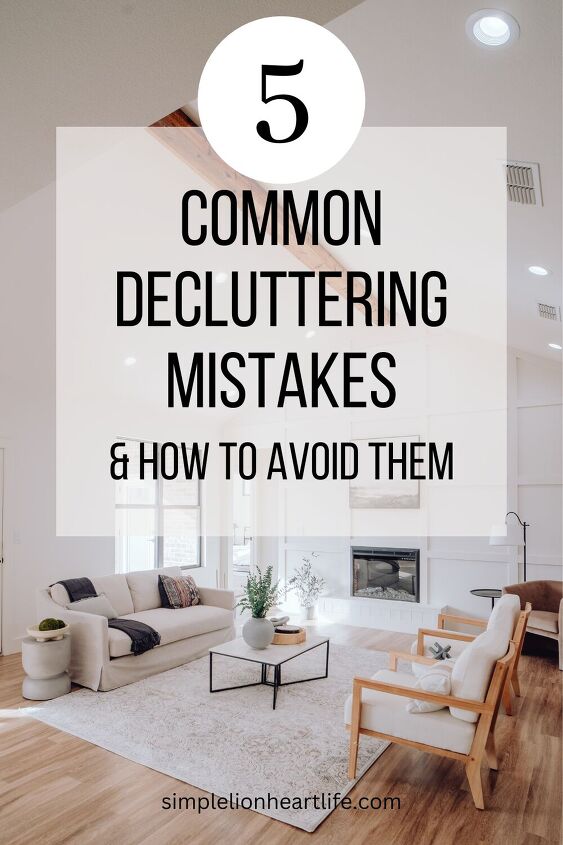







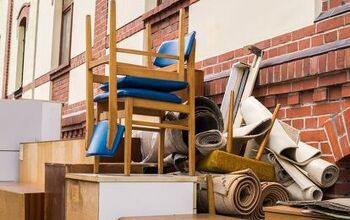



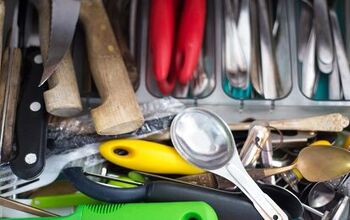


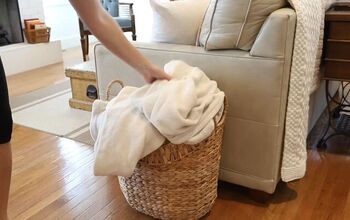
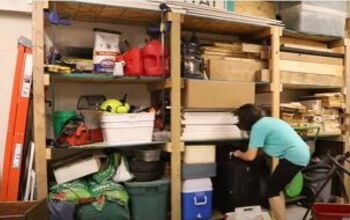
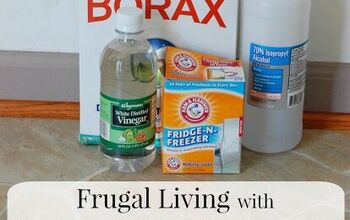
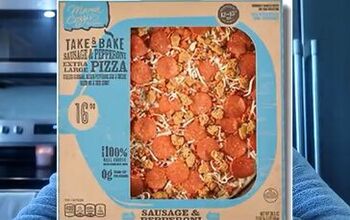
Comments
Join the conversation
I can definitely agree.
This was a great article. I agree to donate instead of selling. I have kept so many items to have a garage sale and they are still in my home. Clearing things out of the house is freeing to see the empty space.